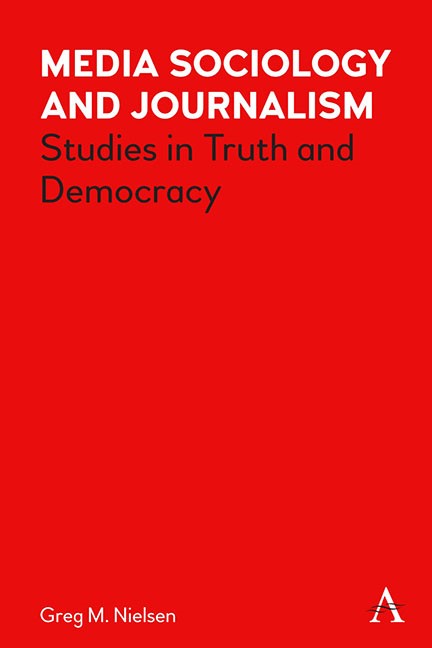Book contents
- Frontmatter
- Contents
- Acknowledgments
- Introduction: Between The Posts
- 1 Fake Populism and News: Freedom versus Democracy
- 2 Political Theory: Deliberative, Agonistic and Dialogic Democracy
- 3 Contemporary Sociology, Journalism and Society
- 4 Acts of Journalism: Truth, Ghosts and Migrant Subjects
- 5 Writing Inequality into the Urban Commons
- 6 Exotopy and Cultural Boundaries: The Secular Question in Quebec
- Conclusion: Is Another Journalism Possible?
- References
- Index
5 - Writing Inequality into the Urban Commons
Published online by Cambridge University Press: 15 November 2023
- Frontmatter
- Contents
- Acknowledgments
- Introduction: Between The Posts
- 1 Fake Populism and News: Freedom versus Democracy
- 2 Political Theory: Deliberative, Agonistic and Dialogic Democracy
- 3 Contemporary Sociology, Journalism and Society
- 4 Acts of Journalism: Truth, Ghosts and Migrant Subjects
- 5 Writing Inequality into the Urban Commons
- 6 Exotopy and Cultural Boundaries: The Secular Question in Quebec
- Conclusion: Is Another Journalism Possible?
- References
- Index
Summary
In relation to the media, the spectator occupies the position of someone to whom a proposal or commitment is made. A different spectator, who recounts a story to him, and who may be a reporter, that is to say an eye-witness, or who may have gathered information supposed to have come from an eye-witness […], conveys statements and images to a spectator who may take them up and, through his words, pass on in turn what he has taken from these statements and images and the emotions they aroused in him.
Boltanski 1999, Kindle Location, 2268Images of Haitians being herded and threatened with a whipping by horse reins as they exit the Rio Grande River, of vast camps of political refugees, of bodies floating to the shores of Greek islands, of caravans on the move, of victims of gang violence, drought, famine and displacement from major weather events in too many places in the world to name, are all spectacles of suffering journalists bring to the Global North civic spheres. Why these globally distributed images and not where these bodies began their voyages? How many decisions do journalists make about these subjects when addressing their implied audience and how many other understandings of the subjects’ own experience are not able to pass through the narrow opening of the scenes that are presented? Meanwhile, other ghosts of undecidables in acts of journalism haunt the reported speech of unhoused have-nots and the have-less working poor in wealthy cities as they find their way into local dialogue about their place in the urban commons without being recognized as the implied audiences of stories about them. In this chapter, I focus on this topic as a second example of how journalism covers stories of social exclusion and how inequality is misrecognized in the way mainstream acts of journalism write the emotional, moral and rational orientations of haves toward have-nots in a selection of US and Canadian cities.
According to Boltanski (1999) reports of suffering from far-away or up-close are both experienced as distant forms of suffering in acts of journalism. Following Hannah Arendt’s argument that, unlike the American Revolution, the French Revolution focused less on liberty and more on equality means that a general emphasis is on resolving the contradiction between those who have more and those who have less.
- Type
- Chapter
- Information
- Media Sociology and JournalismStudies in Truth and Democracy, pp. 125 - 150Publisher: Anthem PressPrint publication year: 2023



